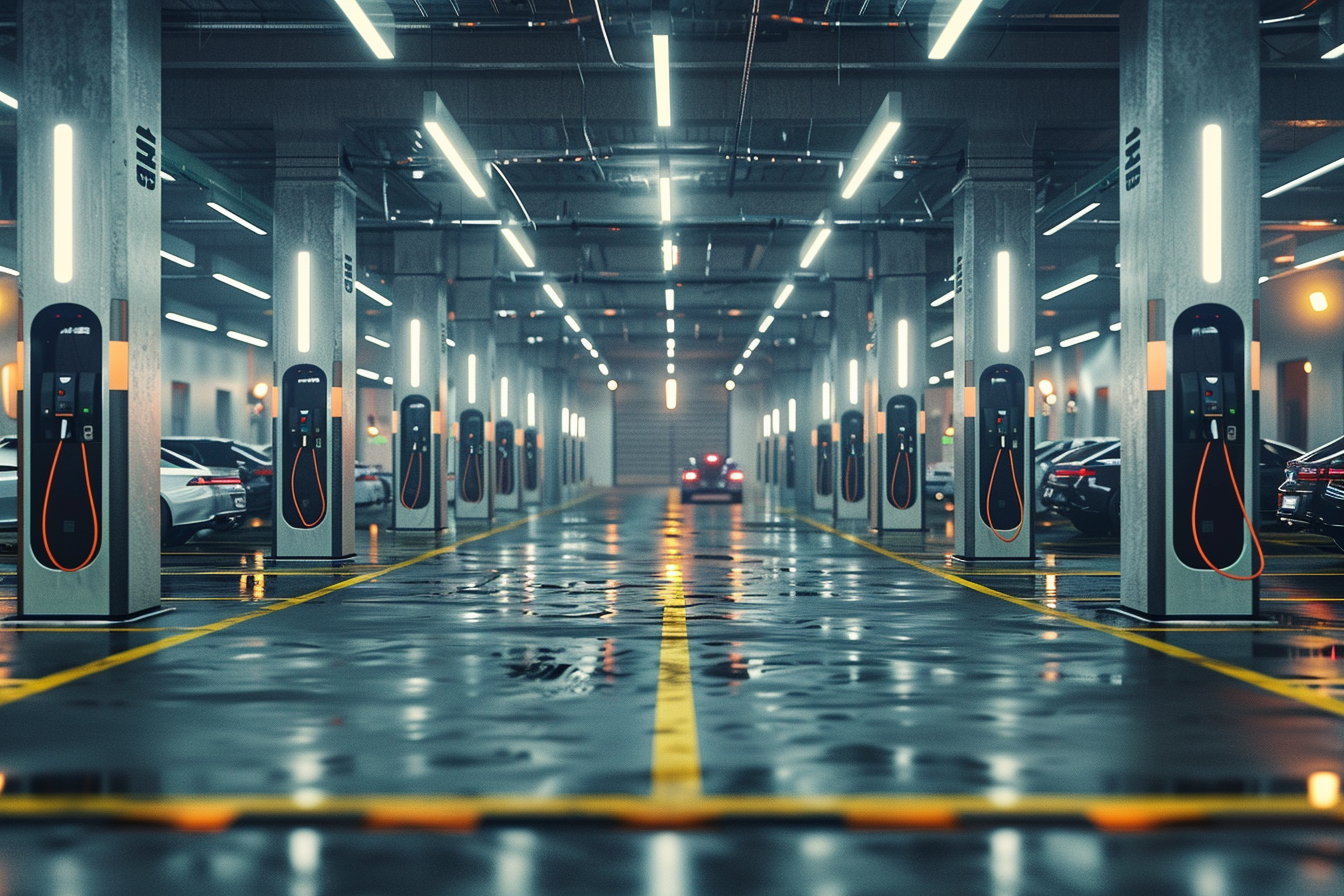
Charging infrastructure for electric vehicles (EVs) has come a long way, evolving rapidly to meet the growing demand for sustainable transportation. This development is crucial for the widespread adoption of EVs, addressing concerns about range anxiety and convenience. Here’s a look at how charging infrastructure has evolved and what it means for the future of electric mobility.
Early Stages of EV Charging
In the early days of EVs, charging options were limited. Most EV owners relied on standard home outlets, which provided slow charging speeds and long wait times. This was sufficient for early adopters who used their vehicles for short commutes and had the patience to wait overnight for a full charge. Public charging stations were rare, and long-distance travel was challenging due to the lack of infrastructure.
Introduction of Level 2 Chargers
The introduction of Level 2 chargers marked a significant improvement. These chargers operate at 240 volts, offering faster charging speeds than standard home outlets. Level 2 chargers became popular in residential settings, workplaces, and public locations. They reduced charging times significantly, allowing EV owners to recharge their vehicles in a few hours instead of overnight. This made EVs more practical for daily use and increased their appeal to a broader audience.
Development of Fast Chargers
Fast chargers, also known as DC fast chargers or Level 3 chargers, revolutionized the EV charging landscape. These chargers can provide an 80% charge in as little as 30 minutes, making long-distance travel more feasible for EV owners. Fast chargers are typically found at highway rest stops, shopping centers, and other high-traffic areas. They use direct current (DC) to charge batteries quickly, which is essential for drivers who need to recharge on the go.
Expansion of Charging Networks
As the demand for EVs grew, so did the need for a comprehensive charging network. Companies like Tesla, ChargePoint, and EVgo began building extensive networks of charging stations across the country. Tesla’s Supercharger network, in particular, provided a reliable and fast-charging solution for Tesla owners, encouraging long-distance travel and enhancing the brand’s appeal. Other networks offered compatibility with a variety of EV models, making charging more accessible for all EV drivers.
Smart Charging Solutions
The rise of smart charging solutions has further enhanced the efficiency and convenience of EV charging. Smart chargers can communicate with the vehicle and the grid, optimizing charging times and energy use. These chargers can take advantage of off-peak electricity rates, reducing costs for EV owners. They can also integrate with renewable energy sources, such as solar panels, allowing drivers to charge their vehicles using clean energy.
Wireless Charging Technology
Wireless charging technology is another exciting development in the EV charging space. This technology uses electromagnetic fields to transfer energy between a charging pad on the ground and a receiver on the vehicle. Wireless charging eliminates the need for cables and plugs, making the process more convenient. Although still in the early stages of adoption, wireless charging holds great promise for the future, particularly for autonomous vehicles that require seamless charging solutions.
Urban Charging Hubs
Urban charging hubs are emerging as a solution to the challenges faced by EV owners in densely populated areas. These hubs provide multiple charging points in a single location, often combined with other amenities such as retail stores and restaurants. Urban hubs address the issue of limited residential parking and offer a convenient place for city dwellers to charge their vehicles. They also contribute to reducing urban air pollution by encouraging the use of electric vehicles.
Fleet and Workplace Charging
Businesses and fleet operators are increasingly adopting EVs, leading to a rise in workplace and fleet charging solutions. Installing charging stations at workplaces allows employees to charge their vehicles during the day, encouraging the use of EVs for commuting. Fleet operators benefit from centralized charging infrastructure, reducing operational costs and simplifying maintenance. These developments support the transition to electric mobility in the corporate and commercial sectors.
Future of Charging Infrastructure
The future of charging infrastructure looks promising, with ongoing advancements in technology and growing investment in network expansion. Ultra-fast chargers capable of providing a full charge in minutes are on the horizon, further reducing charging times. Integration with smart grids and renewable energy sources will make charging more sustainable. Urban planning will increasingly incorporate EV charging infrastructure, making it an integral part of city development.